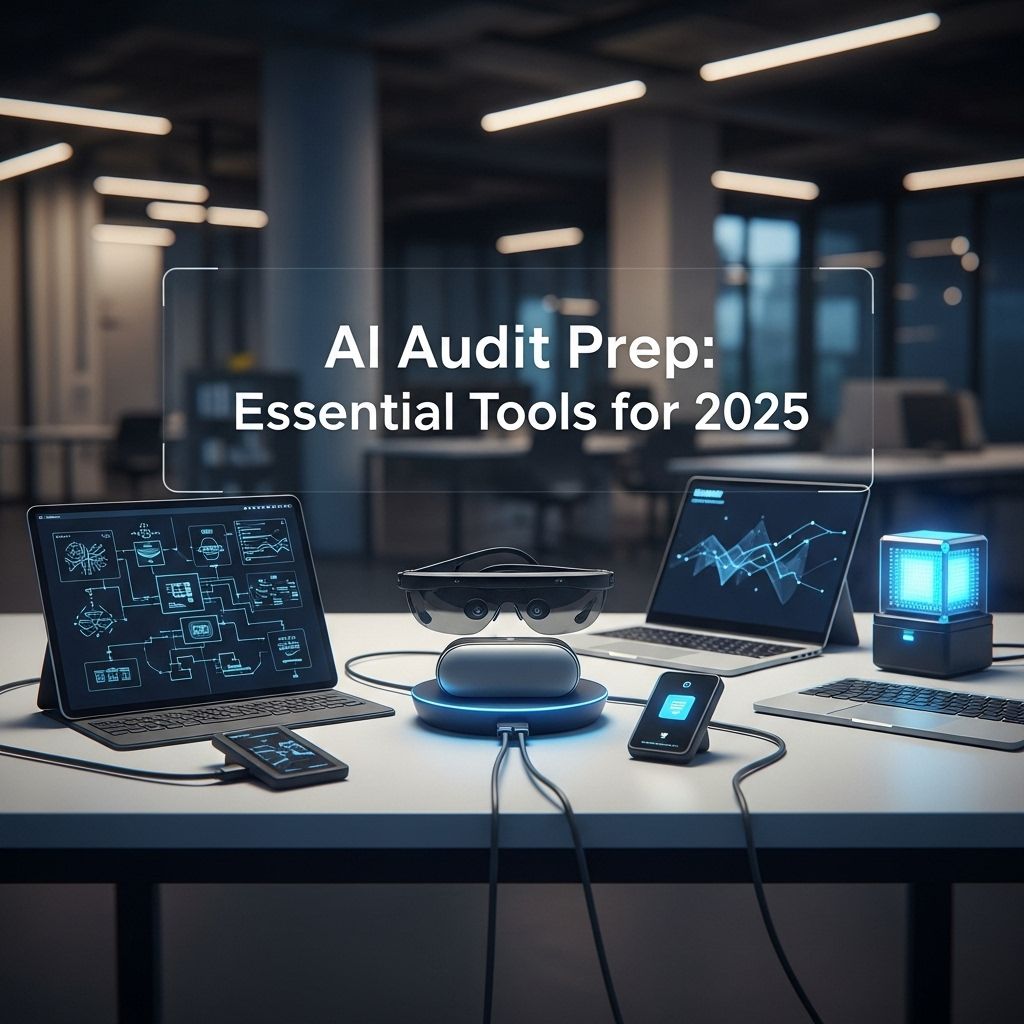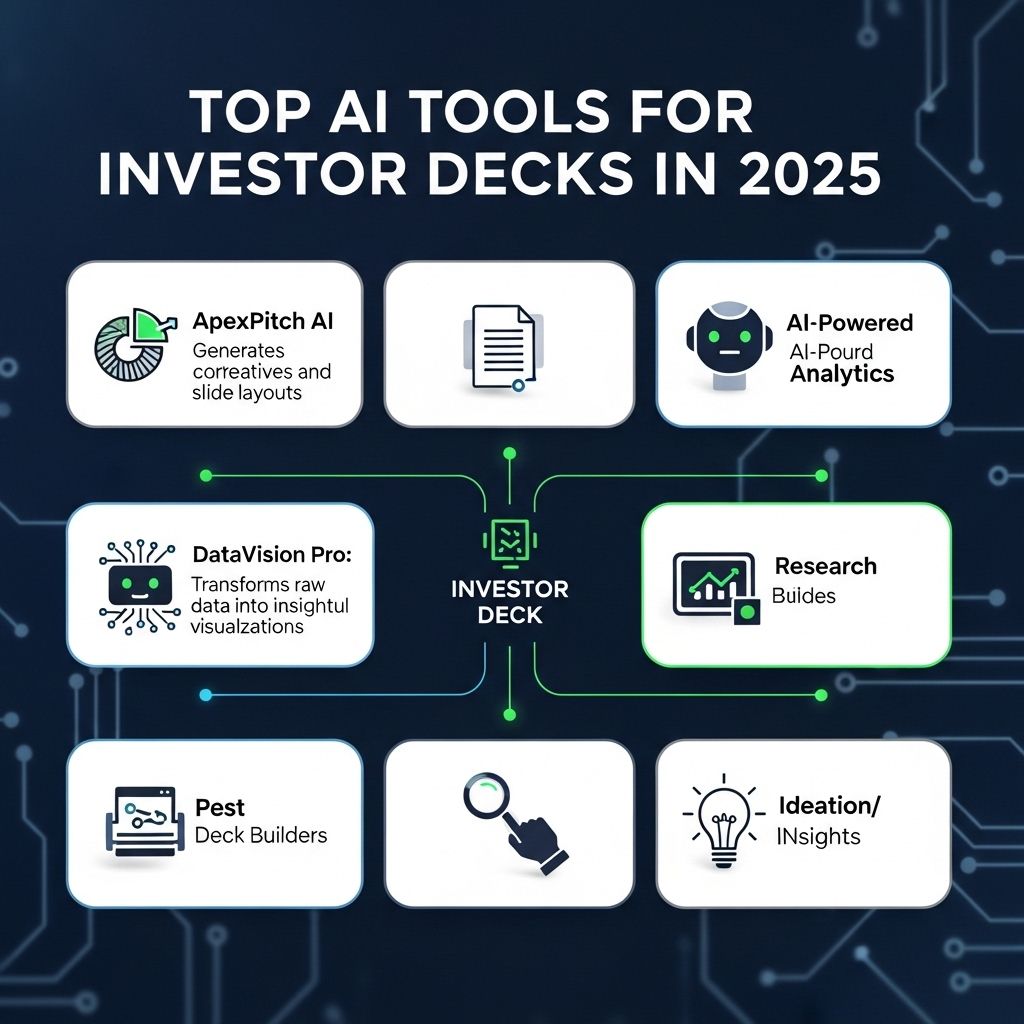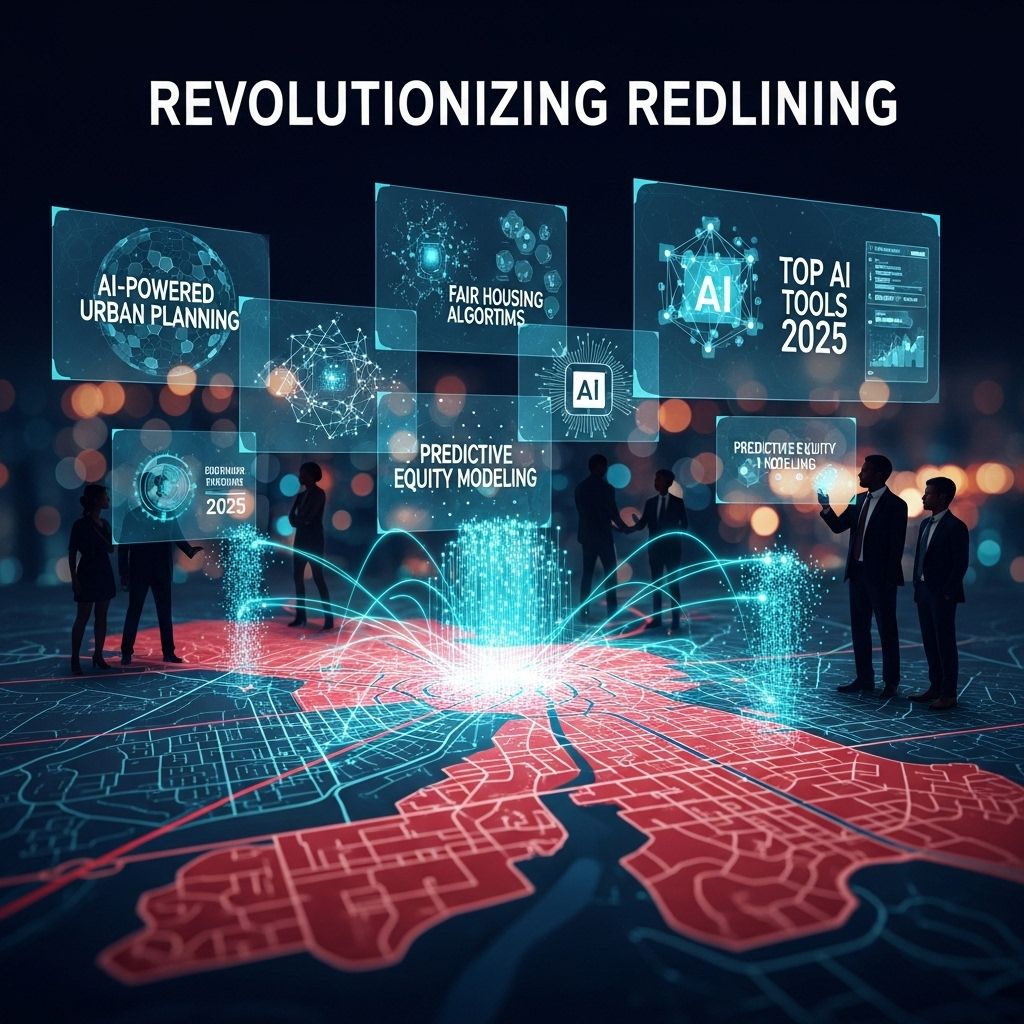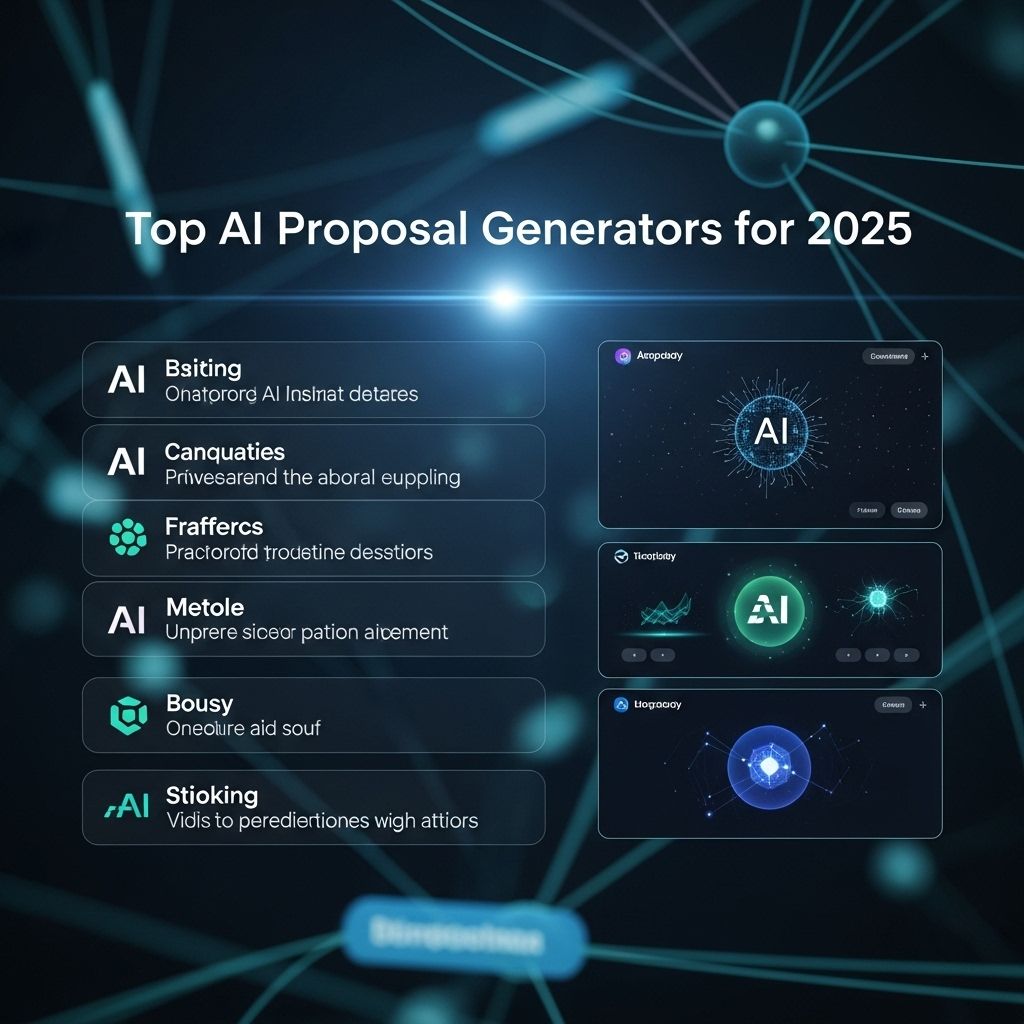AI Solutions for Payroll Anomaly Detection in 2025
Explore cutting-edge AI solutions for detecting payroll anomalies in 2025, ensuring accuracy and efficiency in payroll management.
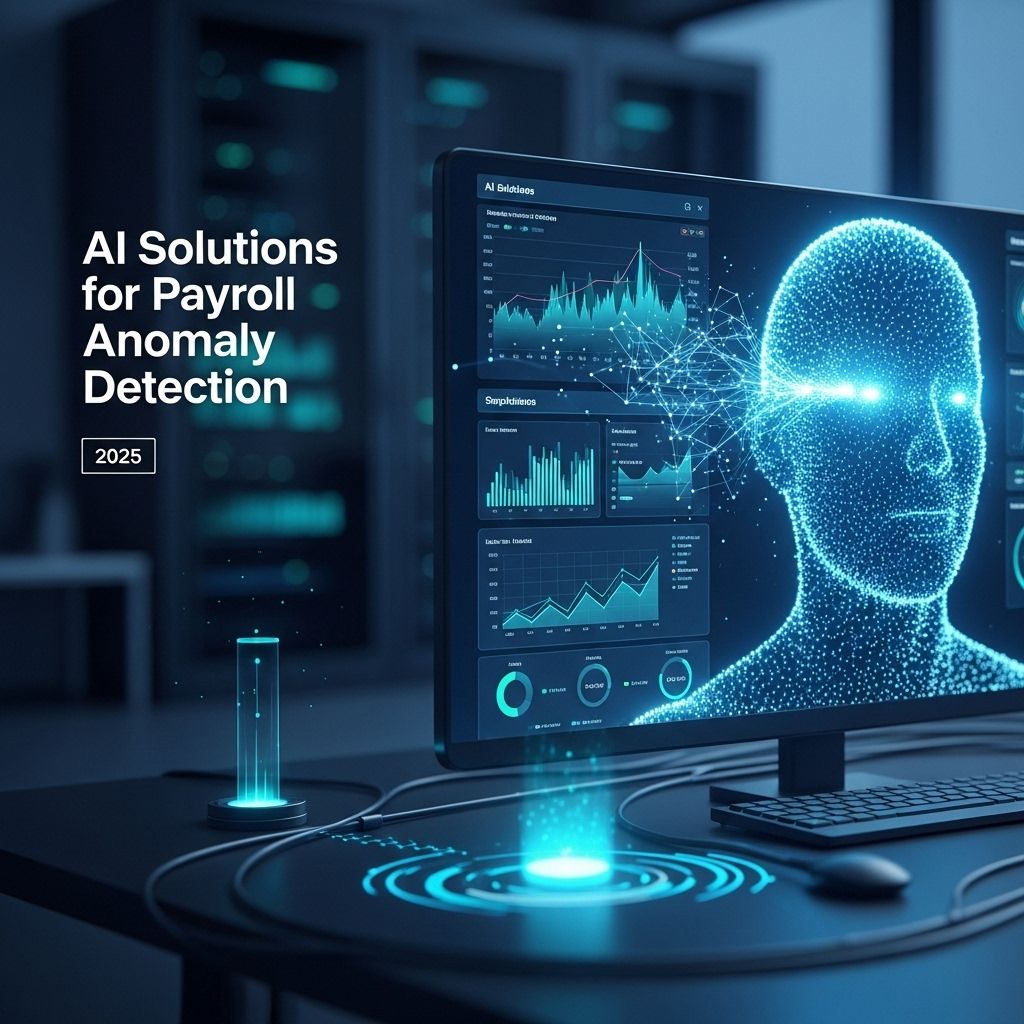
The world of payroll management is evolving rapidly, with advancements in artificial intelligence (AI) offering innovative solutions for various challenges. Among these, payroll anomaly detection is a critical area where AI can significantly enhance efficiency and accuracy. In 2025, we can expect AI solutions to play a pivotal role in identifying discrepancies, preventing fraud, and ensuring compliance in payroll processes. This article delves into how AI technologies are shaping payroll anomaly detection, the benefits they bring, and the future landscape of payroll management.
Table of Contents
Understanding Payroll Anomalies
Before exploring AI solutions, it is essential to comprehend what payroll anomalies are. In general, these discrepancies can manifest in various forms, including:
- Overpayments: Employees receiving more than their due salary.
- Underpayments: Employees receiving less than their entitled wages.
- Duplicate payments: An employee being paid more than once for the same work period.
- Fraudulent claims: Employees filing false claims for hours worked or expenses incurred.
The Role of AI in Detecting Payroll Anomalies
AI technologies leverage data analytics, machine learning, and pattern recognition to enhance payroll management. In 2025, the integration of these technologies will likely transform how organizations detect and address payroll anomalies:
1. Machine Learning Algorithms
Machine learning algorithms can analyze vast amounts of payroll data to identify patterns and detect anomalies effectively. By training models on historical payroll data, organizations can:
- Identify Outliers: Algorithms can automatically flag outlier data points that deviate significantly from normal payroll trends.
- Predict Future Anomalies: Using predictive analytics, machine learning can foresee potential anomalies based on historical data.
- Continuous Learning: As more data is fed into the system, the machine learning models will improve over time, becoming more adept at identifying unusual patterns.
2. Natural Language Processing (NLP)
NLP plays a crucial role in analyzing textual data within payroll systems. By employing NLP, organizations can:
- Review Employee Communications: Analyzing emails and messages for signs of fraudulent activities or discrepancies.
- Enhance Policy Understanding: Automating the interpretation of payroll policies and regulations to ensure compliance.
Benefits of AI-Driven Payroll Anomaly Detection
Implementing AI solutions in payroll anomaly detection offers numerous advantages for organizations:
1. Increased Accuracy
AI solutions can minimize human error by automating data analysis, ensuring that payroll calculations are precise and compliant with regulations.
2. Time Efficiency
By automating the anomaly detection process, payroll teams can save significant time, allowing them to focus on strategic tasks rather than routine checks.
3. Cost Savings
Reducing payroll errors can lead to substantial cost savings for businesses, as they will spend less on correcting mistakes and addressing fraud cases.
4. Enhanced Compliance
AI systems can help organizations adhere to changing labor laws and regulations by flagging potential compliance issues in real time.
Challenges in Implementing AI for Payroll Anomaly Detection
While the benefits of AI are substantial, several challenges persist:
1. Data Privacy Concerns
Organizations must ensure that they handle employee data responsibly, adhering to data protection regulations such as GDPR and CCPA.
2. Integration with Legacy Systems
Many organizations still use outdated payroll systems, making it challenging to integrate AI solutions seamlessly.
3. Skilled Workforce
The successful implementation of AI requires skilled personnel who understand AI technologies and payroll processes. Continuous training and development are essential.
Future Trends in Payroll Anomaly Detection
As we look to the future, several trends are likely to shape payroll anomaly detection in organizations:
1. AI and Blockchain Integration
Integrating AI with blockchain technology can enhance the security and transparency of payroll systems, ensuring that all transactions are recorded immutably while allowing real-time anomaly detection.
2. Advanced Predictive Analytics
Organizations will likely adopt more sophisticated predictive analytics tools, enabling them to foresee potential anomalies before they occur.
3. Employee Self-Service Platforms
AI-powered self-service platforms can empower employees to review their payroll data, identify discrepancies, and report issues directly, fostering a culture of transparency.
Conclusion: Embracing the Future of Payroll Management
In conclusion, AI solutions for payroll anomaly detection are set to revolutionize payroll management in 2025, offering unparalleled accuracy, efficiency, and compliance assurance. As organizations embrace these technologies, they will not only mitigate risks associated with payroll discrepancies but also enhance overall operational efficiency. By navigating the challenges and leveraging future trends, businesses can ensure a robust payroll system equipped to handle the complexities of the modern workforce.
FAQ
What are AI solutions for payroll anomaly detection?
AI solutions for payroll anomaly detection utilize machine learning algorithms to identify irregularities in payroll data, ensuring accurate and timely payments.
How can AI improve payroll accuracy in 2025?
AI can analyze historical payroll data, detect patterns, and flag anomalies, significantly reducing errors and enhancing payroll accuracy in 2025.
What types of anomalies can AI detect in payroll systems?
AI can detect various anomalies in payroll systems, such as duplicate payments, incorrect deductions, and unauthorized salary changes.
Why is payroll anomaly detection important for businesses?
Payroll anomaly detection is crucial for businesses to prevent financial losses, ensure compliance with regulations, and maintain employee trust.
What technologies are used in AI payroll anomaly detection?
Technologies used in AI payroll anomaly detection include machine learning, natural language processing, and predictive analytics.

